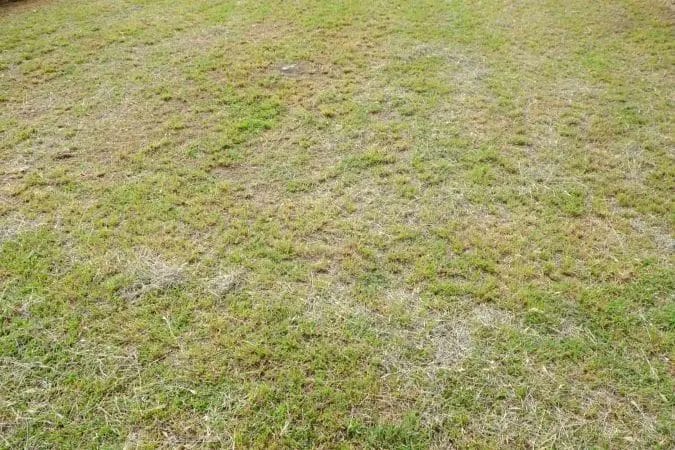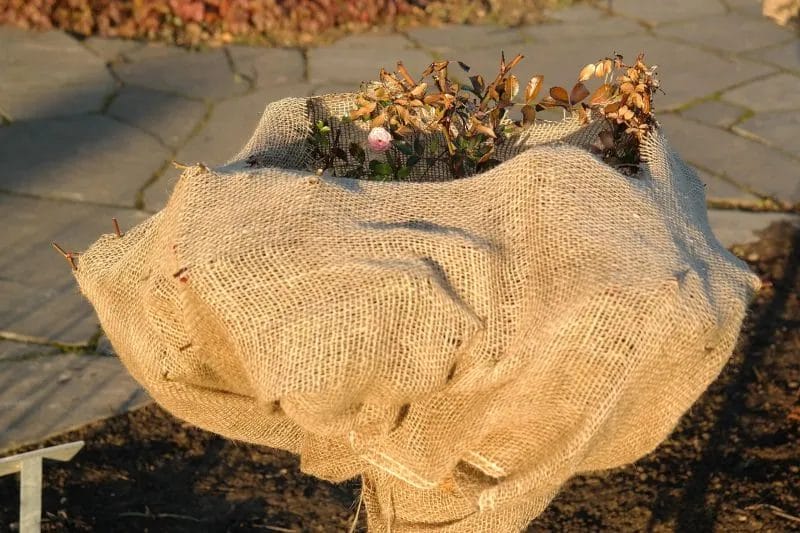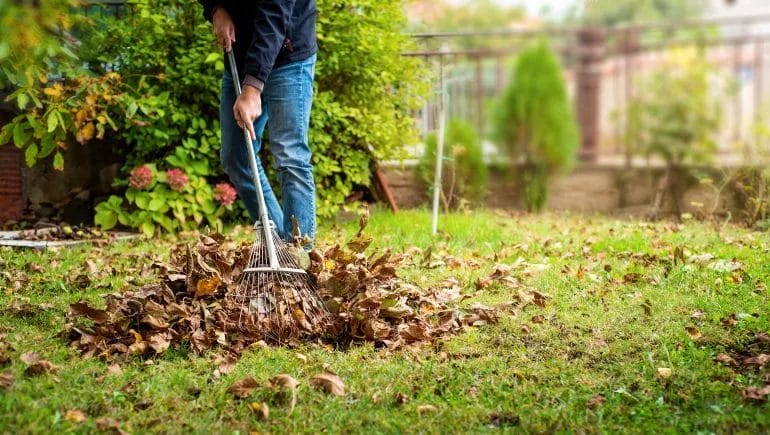
With cool weather ahead, you should follow this fall lawn checklist to mow, aerate, fertilize, overseed, and protect shrubs so your yard weathers the first frost; if you need help, contact Smith Brothers Services, Smith Brothers Landscape, or Smith Brothers Tree Services for expert winter-prep work you can trust.
Time to Tidy Up: Preparing Your Lawn for Fall
Tackle fallen leaves, twigs, and spent annuals to keep grass breathing and reduce pest harborage; a half-inch of compacted leaf litter can block light and trap moisture, inviting disease. You can schedule a one- or two-pass cleanup with Smith Brothers Services to clear beds, edge borders, and mulch debris for winter protection while keeping driveways and gutters free of clogs.
Raking and Cleaning: The Importance of Debris Removal
Leaves left over winter can smother grass and increase fungal issues like snow mold, so rake or blow when leaf layers exceed a half-inch; use a mulching mower for light cover or a leaf vacuum for heavy loads. You can call Smith Brothers Tree Services for large branch removal and crown-cleaning debris after storms to prevent compaction and pest harboring in your turf.
Aeration: Boosting Soil Health Before Winter
Core aeration relieves compaction by removing 2–3-inch plugs spaced roughly 2–4 inches apart, improving oxygen, water, and nutrient movement into roots; early fall is ideal for cool-season grasses, and you should aerate once per year in high-traffic yards. Smith Brothers Landscape, recommends pairing aeration with overseeding and a starter fertilizer to maximize tiller development and winter hardiness.
Use a powered plug aerator rather than spike tines to avoid increasing compaction; rented walk-behind units cover about 3,000–5,000 sq ft per hour depending on soil, while tow-behind tractors speed larger jobs. After aeration, overseed with 4–8 lbs/1,000 sq ft for tall fescue blends or 5–10 lbs/1,000 for perennial rye mixes, keep seed moist for 2–3 weeks, and consider hiring Smith Brothers Services for uniform pass patterns and machine access.
Feed Your Lawn: Fertilization Strategies for a Robust Winter

Choosing the Right Fertilizer: Nutrient Needs for Cool-Season Grass
Cool-season lawns like Kentucky bluegrass, tall fescue and perennial ryegrass perform best with higher nitrogen for fall growth and extra potassium for winter hardiness; aim for an N-P-K ratio favoring nitrogen (for example 20-5-10 or a 3-1-2 blend) and choose slow-release sources to avoid salt stress. You can confirm deficiencies with a soil test and, if needed, apply phosphorus only where test results show low levels—consult Smith Brothers Landscape, for guidance on product selection and rates.
Timing Matters: Best Times to Apply Fertilizer
Apply one lighter feeding in early fall to support root recovery (late August–early September) and a heavier, slow-release application 4–6 weeks before your area’s average first hard frost to build carbohydrate reserves; target about 0.5–1.0 lb of available nitrogen per 1,000 sq ft in the late-fall application. If you prefer professional scheduling and calibrated equipment, Smith Brothers Services can time applications based on local frost dates and soil tests.
Soil temperature guides timing better than calendar dates: apply late-fall fertilizer when soil at 2–4 inches consistently falls into the 50–55°F range so roots will uptake nutrients before dormancy. In northern climates that often means mid-October, in transitional zones late October–November, and in cooler southern areas you can wait into November–December; water lightly after application to move nutrients into the root zone and avoid surface runoff—Smith Brothers Tree Services can help monitor soil temps and perform precise applications if you want hands-off care.
Overseeding for a Lush Spring: How and When to Do It

Overseed in early fall, about 4–6 weeks before your typical first frost, when soil temps sit around 50–65°F to boost germination; cool-season lawns respond best in September–October. Aim for 4–8 lb/1,000 sq ft for rye/fescue mixes or 2–4 lb/1,000 for Kentucky bluegrass, core aerate first to improve seed-to-soil contact, then water lightly 2–3 times daily until seedlings root. Local pros like Smith Brothers Services emphasize timing and soil prep as the difference between patchy and uniform results.
Selecting the Right Grass Seed for Your Region
Match seed to your USDA zone and sunlight: Zones 3–6 favor Kentucky bluegrass, tall and fine fescues; Zones 7–10 need Bermuda, zoysia, or St. Augustine blends. Choose cultivars with disease and drought resistance—e.g., “Baron” or “Apex” fescues—and match the blend to your existing lawn to avoid texture mismatches. Smith Brothers Landscape recommends certified seed mixes and checking the label for germination rates and purity to predict establishment success.
Best Practices for Overseeding Technique
Mow to about 1–1.5 inches, dethatch if thatch exceeds ~0.5 inch, then core aerate to relieve compaction; use a broadcast spreader for even coverage at labeled rates, or a slit seeder for better soil placement. Lightly rake to ensure seed-to-soil contact, roll the area if possible, and irrigate to keep the top 1/4 inch of soil consistently moist; expect rye to germinate in 5–7 days, fescue in 7–14, and bluegrass in 14–21. Smith Brothers Tree Services can advise on root competition near large trees.
For higher success, use a slit seeder that places seed 1/4–1/2 inch deep and follow with a starter fertilizer at the manufacturer’s rate—many pros apply 0.5–1.0 lb N/1,000 sq ft initially. Limit foot traffic for 3–4 weeks, mow the first time when seedlings reach ~3 inches, and consider a follow-up light topdressing of compost (1/8–1/4 inch) to protect seed and improve moisture retention. Monitor germination zones and adjust irrigation to avoid puddling or crusting.
Water Wisely: Adjusting Your Irrigation Before Frost

Understanding Watering Needs as Temperatures Drop
As nights drop below 50°F, your lawn’s water use falls and you should reduce frequency by roughly 20–40%; cool‑season turf typically needs 0.5–1.0 inch per week in early fall, tapering to 0.25–0.5 inch as dormancy nears. Give a deep soak of about 1 inch two weeks before the first hard freeze to fortify roots, and check moisture at a 2–4 inch depth to guide zone adjustments rather than relying on runtime alone.
Fall Watering Guide
| Timing | Action |
|---|---|
| Early Fall (Sept–Oct) | 1.0 in/week; deep soak every 7–10 days; water in early morning |
| Late Fall (Nov–first frost) | 0.25–0.5 in/week; reduce frequency; final deep soak 1–2 weeks pre‑freeze |
| Signs to Watch | Brown leaf tips = dry; spongy turf/standing water = overwatering |
Preparing Irrigation Systems for Winter Dormancy
Turn controllers to off or rain mode, drain low‑point valves, and arrange a blowout at 50–80 psi to clear each zone until mist appears; avoid exceeding 80 psi to protect PVC joints. Inspect and winterize backflow preventers, remove controller batteries, and schedule service 1–2 weeks before freezes—many homeowners hire Smith Brothers Services for certified winterization.
If you tackle winterization yourself, connect a compressor to the mainline with the proper adapter, run each zone briefly until only air exits, then close zone valves and cap the main; open and drain manual drains and wrap above‑ground valves with insulated covers. Test the backflow assembly per local code and tag any leaks for spring repair. For full system diagnostics, seasonal tuneups, or complex layouts with multiple manifolds, professionals such as Smith Brothers Services, Smith Brothers Landscape, and Smith Brothers Tree Services can perform blowouts, pressure checks, and documented reports—typical service fees range from $75–$250 depending on zone count.
Final Touches: Pruning and Edging for Lawn Aesthetics

Finish the season with precise pruning and crisp edges to boost curb appeal and plant health; you can follow timing and technique tips from the Fall Lawn Care Guide: What to Do Before the First Frost and consider professional help from Smith Brothers Services, Smith Brothers Landscape, and Smith Brothers Tree Services for complex cuts or steep slopes.
Importance of Proper Pruning Techniques
Remove dead, diseased, and crossing branches first, limit live canopy reduction to about 25% per year to avoid undue stress, and make clean 45-degree cuts just outside the branch collar; you should sanitize tools with a 10% bleach solution or isopropyl alcohol between specimens. Smaller shrubs respond well to selective thinning, while large removals or structural pruning are best handled by Smith Brothers Tree Services to protect long-term form and health.
Edging Tips for a Defined and Clean Lawn
For a crisp border, cut a vertical edge 2–3 inches deep with a half-moon or powered edger, leaving a 1–2 inch mulch-free strip to deter grass encroachment; work when soil is moist for cleaner cuts and sharpen blades every 100 feet. Consider a 4–6 inch metal edge for permanence, and contact Smith Brothers Landscape for long runs or slope transitions to ensure straight, stable installation.
- Use a half-moon edger for short runs and a power edger for long straight lines to save time.
- Create a 2–3 inch deep vertical cut, remove the sod strip, and compact the soil for a lasting edge.
- After you finish, backfill any gaps with topsoil and press down to stabilize the edge.
If you install permanent edging, sink metal or heavy-duty plastic 4–6 inches deep and secure every 12–18 inches with spikes to resist frost heave; you can also slope the top outward slightly to shed runoff. Re-edge high-traffic zones every 6–8 weeks during peak growth, but perform a final trim and clean-up before freeze-up to limit debris buildup. For precise grading or long stretches, Smith Brothers Services can layout and install to spec.
- Clear debris and mow to final height before you edge for a straight, visible line.
- Use a taut string line or a laser level for long runs to maintain a consistent grade.
- After edging, apply a 1-inch layer of compost or mulch to bed edges to reduce erosion and suppress weeds.
Final Words
With this in mind, you can prioritize aeration, overseeding, leaf management and proper pruning so your lawn and trees enter winter healthy; rely on proven partners like Smith Brothers Services, Smith Brothers Landscape, and Smith Brothers Tree Services to execute specialized tasks and give you a clear maintenance plan for spring recovery.





